Hot pot, a beloved culinary tradition enjoyed across Asia and increasingly popular worldwide, is a communal dining experience that brings people together over a simmering pot of broth and an array of fresh, vibrant ingredients. Whether you’re hosting a cozy gathering with friends, celebrating a special occasion, or simply craving a hearty meal, the key to a memorable hot pot lies in selecting the right combination of proteins, vegetables, noodles, and flavorful accompaniments. This comprehensive guide will walk you through everything you need to buy for a satisfying hot pot feast, from classic staples to creative additions that will elevate your dining experience.
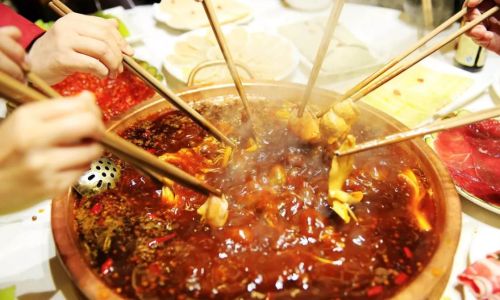
Understanding the Basics of Hot Pot
Before diving into ingredient recommendations, it’s essential to grasp the fundamentals of hot pot. The dish revolves around a simmering pot of broth, which can range from mild and aromatic to fiery and numbing, depending on regional preferences. Diners cook raw ingredients directly in the broth, dipping the cooked items into flavorful sauces before savoring each bite. The beauty of hot pot lies in its customizability—every guest can tailor their meal to suit their taste buds, making it an inclusive and interactive dining style.
Broth Bases: The Foundation of Flavor
The broth is the soul of any hot pot, setting the tone for the entire meal. While store-bought broth bases are convenient, homemade versions allow for greater creativity and control over flavors. Here are some popular broth options to consider:
- Spicy Mala Broth: Originating from Sichuan, China, this bold broth features chili oil, Sichuan peppercorns, garlic, and fermented bean paste, creating a tingly, numbing sensation.
- Tomato Broth: Tangy and slightly sweet, this vegetarian-friendly option is perfect for those who prefer a lighter, more refreshing base.
- Bone Broth: Rich and savory, bone broths (such as pork, chicken, or beef) are slow-simmered to extract deep flavors, offering a comforting backbone for meats and vegetables.
- Herbal Broth: Infused with ingredients like goji berries, jujube dates, and ginseng, this broth is prized for its soothing, medicinal qualities.
- Kimchi Broth: A Korean twist, this fermented cabbage-based broth adds a spicy, tangy kick to the pot.
Pro Tip: For a dynamic experience, opt for a split pot (available at many Asian grocery stores) to enjoy two broths simultaneously, such as spicy and mild.
Proteins: The Stars of the Show
No hot pot is complete without a generous selection of proteins. From thinly sliced meats to seafood and plant-based alternatives, here’s what to include:
- Beef: Look for thinly sliced cuts like ribeye, sirloin, or brisket, which cook quickly and absorb broth flavors beautifully. For a premium touch, consider Wagyu beef.
- Lamb: A staple in northern Chinese hot pot, lamb shoulder or leg meat offers a gamey richness that pairs well with spicy broths.
- Pork: Thinly sliced pork belly or collar butt are excellent choices, providing a tender, fatty texture.
- Seafood: Shrimp, squid, mussels, and fish fillets (such as cod or salmon) add a briny sweetness. For convenience, purchase pre-peeled shrimp or frozen seafood mixes.
- Tofu: Silken tofu, frozen tofu (which absorbs more broth), or fried tofu puffs add a meaty texture without the meat.
- Meatballs: Pre-made options like beef, fish, or shrimp balls are convenient and burst with flavor when cooked.
- Plant-Based Proteins: For vegetarians or vegans, opt for textured vegetable protein (TVP), seitan, or store-bought vegan meat alternatives.
Storage Tip: Keep proteins frozen until ready to use, then thaw in the refrigerator to maintain texture.
Vegetables: Freshness and Crunch
Vegetables provide balance, texture, and nutrients to your hot pot. Aim for a mix of leafy greens, crunchy stems, and earthy fungi:
- Napa Cabbage: A must-have in Chinese hot pot, its mild sweetness and tender leaves soften beautifully in broth.
- Spinach: Baby spinach wilts quickly, adding a vibrant green hue and iron-rich flavor.
- Mushrooms: Enoki, shiitake, oyster, or king oyster mushrooms contribute umami depth.
- Bok Choy: Crisp and slightly bitter, this vegetable holds up well in broth.
- Carrots: Sliced into thin coins or matchsticks, they add a subtle sweetness.
- Daikon Radish: This mild, juicy root vegetable becomes tender when simmered, absorbing broth flavors.
- Lotus Root: Crisp and starchy, lotus root slices offer a satisfying crunch.
- Corn on the Cob: Cut into 2-inch segments, corn adds a natural sweetness to the broth.
- Seaweed: Dried seaweed sheets or kelp strips rehydrate in the broth, adding brininess.
Pro Tip: Pre-wash and chop vegetables ahead of time to streamline cooking.
Noodles and Carbohydrates: Starchy Delights
No hot pot meal is complete without noodles or starchy sides to soak up the flavorful broth:
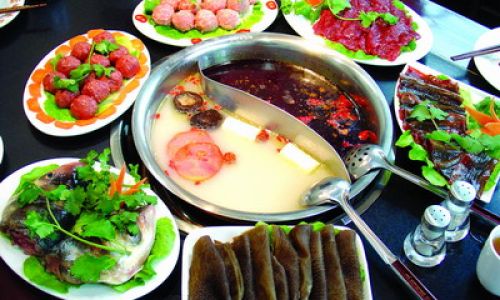
- Udon Noodles: Thick, chewy wheat noodles are a Japanese favorite.
- Rice Noodles: Vermicelli or flat rice noodles add a delicate texture.
- Sweet Potato Noodles (Glass Noodles): These translucent noodles become slippery and satisfying when cooked.
- Rice Cakes: Korean tteok (cylindrical rice cakes) or Chinese niangao (sticky rice cakes) offer a chewy contrast.
- Instant Noodles: For a nostalgic twist, add a packet of ramen or spicy instant noodles.
Cooking Tip: Add noodles toward the end of the meal to prevent them from becoming overly soft.
Dipping Sauces and Toppings: Customization Station
The magic of hot pot lies in the dipping sauces, which allow diners to personalize their flavors. Set up a sauce bar with these essentials:
- Sesame Paste: Thick, nutty, and essential for northern Chinese-style hot pot.
- Soy Sauce: Light or dark soy sauce forms the base of many sauces.
- Vinegar: Black vinegar or rice vinegar adds acidity.
- Chili Oil: Homemade or store-bought, this adds heat and complexity.
- Minced Garlic and Ginger: Fresh aromatics elevate any sauce.
- Cilantro and Scallions: Chopped herbs add freshness.
- Fermented Tofu (Doubanjiang): A pungent, salty condiment for bold flavors.
- Peanut Butter: Creamy or crunchy, it adds richness.
- Sriracha or Hoisin Sauce: For a sweet-spicy kick.
Creative Additions: Crushed peanuts, sesame seeds, or a squeeze of lime can add unexpected twists.
Beverages: Pairings to Quench and Refresh
Hot pot’s spicy or rich flavors call for complementary drinks:
- Herbal Tea: Chrysanthemum, jasmine, or barley tea soothes the palate.
- Soda: Lemon-lime soda or ginger ale provides fizzy relief.
- Beer: A crisp lager or wheat beer cuts through richness.
- Plum Juice (Umeshu): Sweet-tart and refreshing, this Japanese drink pairs well with spicy broths.
- Water: Keep a pitcher of cold water on hand for a neutral option.
Extras: Fun and Festive Additions
Take your hot pot to the next level with these optional extras:
- Quail Eggs: Pre-boiled or raw, these add a creamy richness.
- Fish Cakes: Korean odeng or Japanese narutomaki (pink-swirled fish cakes) are visually appealing.
- Mochi: Stuffed with red bean or sesame, these chewy rice cakes are a sweet surprise.
- Edamame: Steamed and salted, they make a crunchy appetizer.
- Dumplings: Frozen pork or vegetable dumplings can be boiled directly in the broth.
Shopping List Checklist
To ensure you don’t forget a thing, use this organized checklist:
Broths:
- Spicy mala base
- Tomato base
- Bone broth (pork/chicken)
- Herbal broth mix
Proteins:
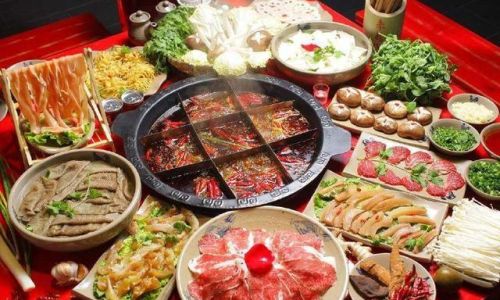
- Thinly sliced beef/lamb/pork
- Shrimp, squid, mussels
- Tofu (silken/frozen)
- Meatballs
- Plant-based proteins
Vegetables:
- Napa cabbage, spinach, bok choy
- Mushrooms (enoki/shiitake)
- Carrots, daikon, lotus root
- Corn, seaweed
Noodles/Carbs:
- Udon/rice noodles
- Sweet potato noodles
- Rice cakes
Sauces/Toppings:
- Sesame paste, soy sauce, vinegar
- Chili oil, garlic, ginger
- Cilantro, scallions, fermented tofu
Beverages:
- Herbal tea, soda, beer
- Plum juice, water
Extras:
- Quail eggs, fish cakes
- Mochi, edamame, dumplings
Tips for a Seamless Hot Pot Experience
- Prep Ahead: Chop vegetables, marinate meats, and prepare sauces in advance to minimize kitchen chaos.
- Portion Control: Use small plates or bowls to avoid overcrowding the pot.
- Cooking Order: Start with meats and seafood, followed by vegetables, then noodles to prevent the broth from becoming cloudy.
- Safety First: Keep raw proteins separate from cooked items to avoid cross-contamination.
- Embrace Leftovers: Strain and reuse broth within 2–3 days, or freeze it for future meals.
Cultural Significance of Hot Pot
Hot pot is more than just a meal—it’s a symbol of togetherness and hospitality. In many cultures, sharing a pot of simmering broth signifies unity, as diners gather around a common heat source to cook and converse. The act of selecting ingredients and customizing sauces fosters connection, making hot pot an ideal choice for birthdays, holidays, or casual weekends.
Conclusion
Creating the perfect hot pot feast is an art that balances tradition with personal flair. By carefully selecting a diverse array of broths, proteins, vegetables, and accompaniments, you can craft a meal that delights the senses and nourishes the soul. Whether you prefer the fiery kick of Sichuan mala or the soothing simplicity of herbal broth, the key to success lies in quality ingredients and a spirit of shared enjoyment. So gather your loved ones, fire up the pot, and embark on a culinary adventure that warms the heart and satisfies the appetite. Happy cooking!
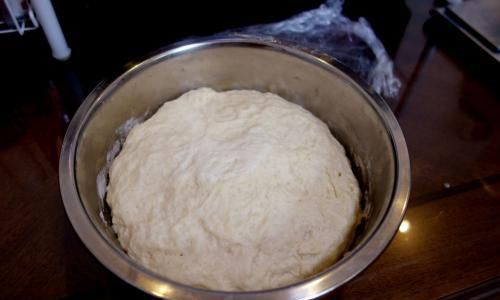


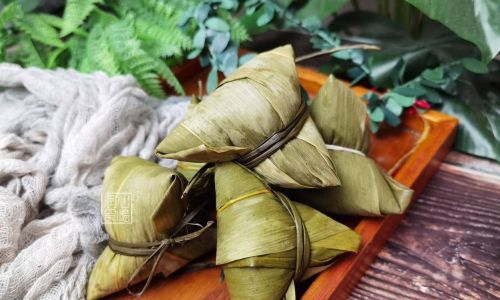
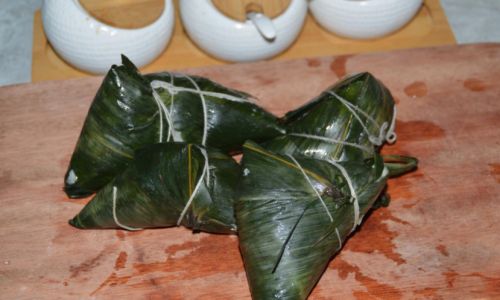
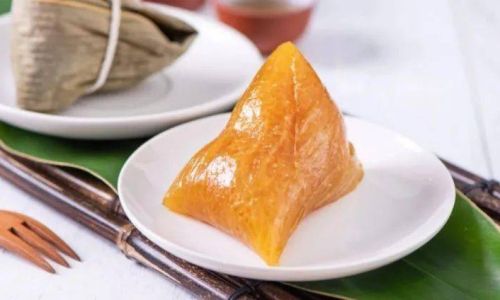
0 comments